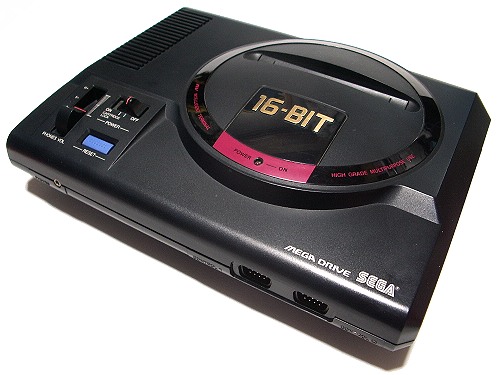 The
PlayStation1 (PS1) was designed by Sony in Japan and was released in Europe in
1995. Almost every console of the PlayStation series has three different
versions; an Asian, Northern-American and European version, this is because
there are also different television outputs in these different parts of the
world. The PlayStation was the product of a failed collaboration between Sony
and Nintendo; they initially agreed to make a cd add-on for the SNES but
Nintendo ended this agreement because Sony would have all the rights to the games
that would be on this cd, and that would not be profitable for Nintendo.
Because the development of this add-on was in such an advanced stage, Sony
turned to Phillips and they created the cd-i, which is placed in the PS1. The
PlayStation dominated the 32-bit and 64-bit era, this was partly because the
cd’s for the PS1 were relatively cheap and it was fairly easy to play illegal
copies on it. The PlayStation 1 had a market share of 70,4% (in comparison:
Nintendo had 22,7%).
The
PlayStation1 (PS1) was designed by Sony in Japan and was released in Europe in
1995. Almost every console of the PlayStation series has three different
versions; an Asian, Northern-American and European version, this is because
there are also different television outputs in these different parts of the
world. The PlayStation was the product of a failed collaboration between Sony
and Nintendo; they initially agreed to make a cd add-on for the SNES but
Nintendo ended this agreement because Sony would have all the rights to the games
that would be on this cd, and that would not be profitable for Nintendo.
Because the development of this add-on was in such an advanced stage, Sony
turned to Phillips and they created the cd-i, which is placed in the PS1. The
PlayStation dominated the 32-bit and 64-bit era, this was partly because the
cd’s for the PS1 were relatively cheap and it was fairly easy to play illegal
copies on it. The PlayStation 1 had a market share of 70,4% (in comparison:
Nintendo had 22,7%).
Sega
released the Mega Drive in Europe in 1990 (In America it was called the Sega
Genesis). The Mega Drive wasn’t very popular in homeland Japan, but it was very
well received in America and Europe. The Mega Drive was technically better
developed than then the NES, which give Sega a head start to Nintendo at the
time. Sega released some add-ons and new consoles like the Sega-Mega CD, Sega
X32 and the Sega Saturn, but when Nintendo released the SNES, the popularity of
Sega and the Mega Drive dropped quickly.
Let’s see what the Angry Video Game Nerd has to
say about a Mega Drive game:
The last
console Sega released was the Dreamcast (1999 in Europe). The Dreamcast was one
of the first consoles that allowed users to play online on SegaNet (America)
and Dream Arena (Europe). The Dreamcast wasn’t very popular because similar
consoles from Sony, Microsoft and Nintendo that released in the next decade had
better features. This meant the end for the Sega consoles, and in 2001 they
announced that they would retreat from the hardware market.
This
concludes our week about electronics! We hoped you have enjoyed it and next
week we will talk about Pokémon and everything that is related to it!


No comments:
Post a Comment